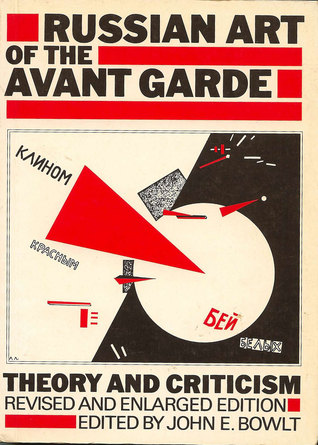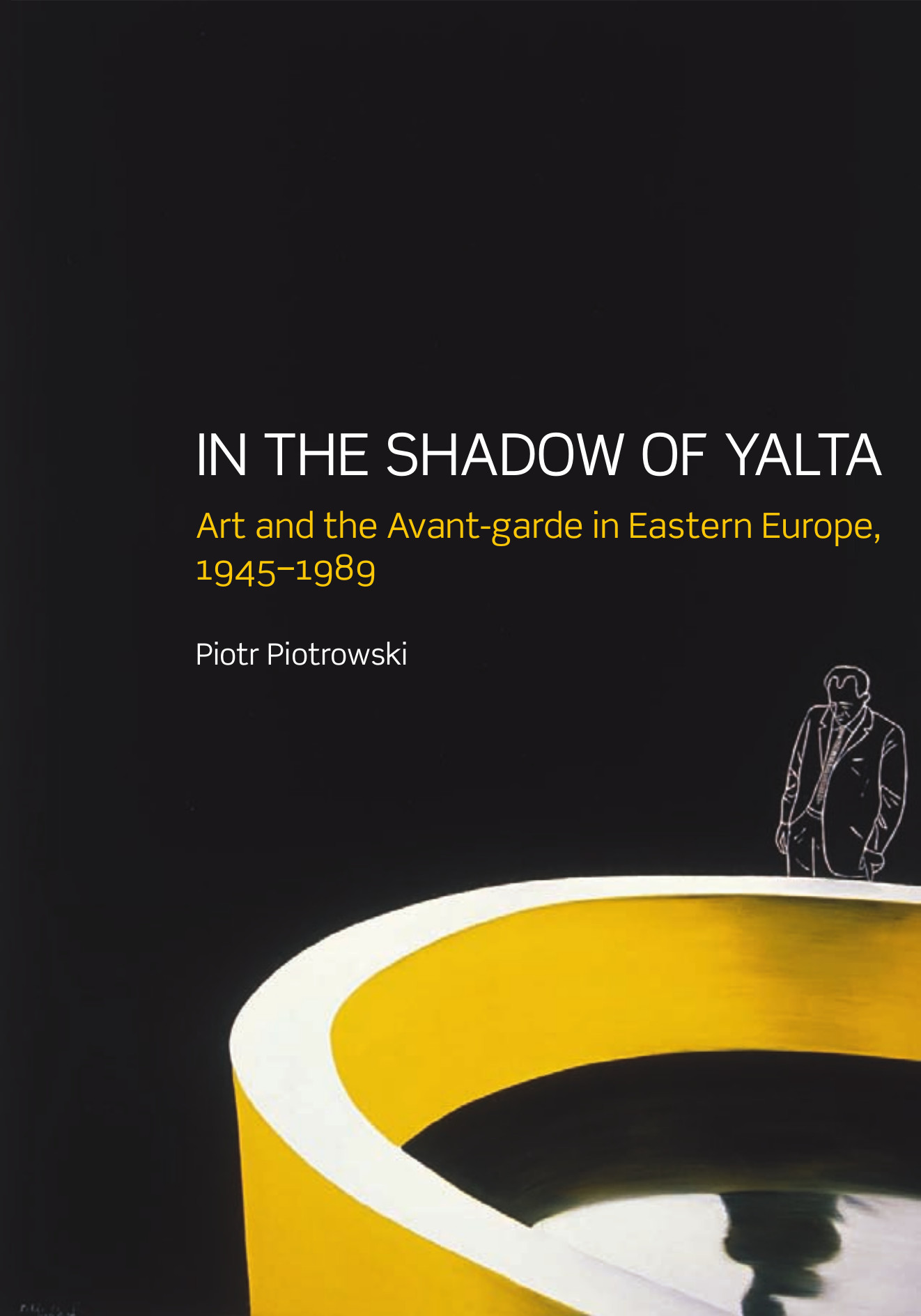De Stijl magazine (1917-1921) [Dutch]
Filed under magazine | Tags: · architecture, art, art criticism, art theory, avant-garde, de stijl, literature, neoplasticism, painting, poetry

De Stijl, Dutch for “The Style”, also known as neoplasticism, was a Dutch artistic movement founded in 1917. In a narrower sense, the term De Stijl is used to refer to a body of work from 1917 to 1931 founded in the Netherlands. De Stijl is also the name of a journal that was published by the Dutch painter, designer, writer, and critic Theo van Doesburg (1883–1931), propagating the group’s theories. Though the magazine never sold more than 300 copies, it had a strong influence on art in the Netherlands and abroad.
De Stijl: Maanblad gewijd aan de moderne beeldende vakken en kultuur
Edited by Theo van Doesburg
Published in Delft (1917-18) and Leiden (1918-21)
John E. Bowlt (ed.): Russian Art of the Avant-Garde: Theory and Criticism, 1902-1934 (1976)
Filed under book | Tags: · art, art history, art theory, avant-garde, constructivism, futurism, proletkult, russia, socialist realism, suprematism

Statements by Russian artists and critics presented together with concise commentaries reveal the problems and ideology of early-twentieth-century Russian art.
Translated by John E. Bowlt
Publisher Viking Press, 1976
The Documents of 20th-Century Art series
ISBN 067061257X, 9780670612574
360 pages
Review: Robert C. Williams (Slavic Review 1977).
PDF (20 MB, updated on 2012-7-17)
Comment (1)Piotr Piotrowski: In the Shadow of Yalta: Art and the Avant-garde in Eastern Europe, 1945-1989 (2005/2009)
Filed under book | Tags: · 1940s, 1950s, 1960s, 1970s, 1980s, art, art history, art theory, avant-garde, central europe, communism, east-central europe, eastern europe, southeastern europe, soviet union

“In the Shadow of Yalta is a comprehensive study of the artistic culture of the region between the Iron Curtain and the USSR, taking in Bulgaria, Czechoslovakia, Germany, Hungary, Poland, Romania and Yugoslavia. Piotr Piotrowski chronicles the relationship between art production and politics in this zone between the end of World War II and the fall of Communism, focusing in particular on the avant-garde.
Beginning with an analysis of Surrealism in Czechoslovakia, Poland and Hungary, Piotrowski then examines the evolution of Modernism against the backdrop of the decline of Stalinism. He follows with an account of the neo-avant-garde experience: the body art and conceptual art made during the volatile political circumstances of the 1970s, the times of ‘real Socialism’. The book concludes with an epilogue describing the end of the Communist system in East-Central Europe, and the art that served witness to that end. Alongside the portrayal of the frequently challenging art that was made in response to such difficult circumstances, the common threads that emerge from the narrative are the erosion of ideology, the rise of consumerism and the emergence of political pragmatism.
Featuring more than 220 images by artists frequently unfamiliar to an English-speaking audience, In the Shadow of Yalta is a fascinating portrait of the art made in an area and during a time of crucial importance to the development of Europe as we know it today. The book will have much to say to art historians, art critics, and students of art history interested in Central and Eastern European art, as well as general historians of the region.”
First published by Rebis, Poznań, Poland, 2005.
Translated by Anna Brzyski
Publisher Reaktion Books, 2009
ISBN 1861894384, 9781861894380
487 pages
Reviews: Katarzyna Murawska-Muthesius (Umění, 2007, repr.), Piotr Bernatowicz (Nordlit, 2007), Dorota Biczel Nelson (2008), Éva Forgács (ARTMargins, 2009, repr.), Magdalena Cześniak-Zielińska (Facta Simonidis, 2009, PL), Henning Küpper (kunsttexte.de Ostblick, 2010, DE), Andrzej Szczerski (Journal of Architecture, 2010), Pál Deréky (Balkon, 2010, HU), David Crowley (J European Studies, 2011).
PDF (updated on 2019-2-2)
Comment (0)
